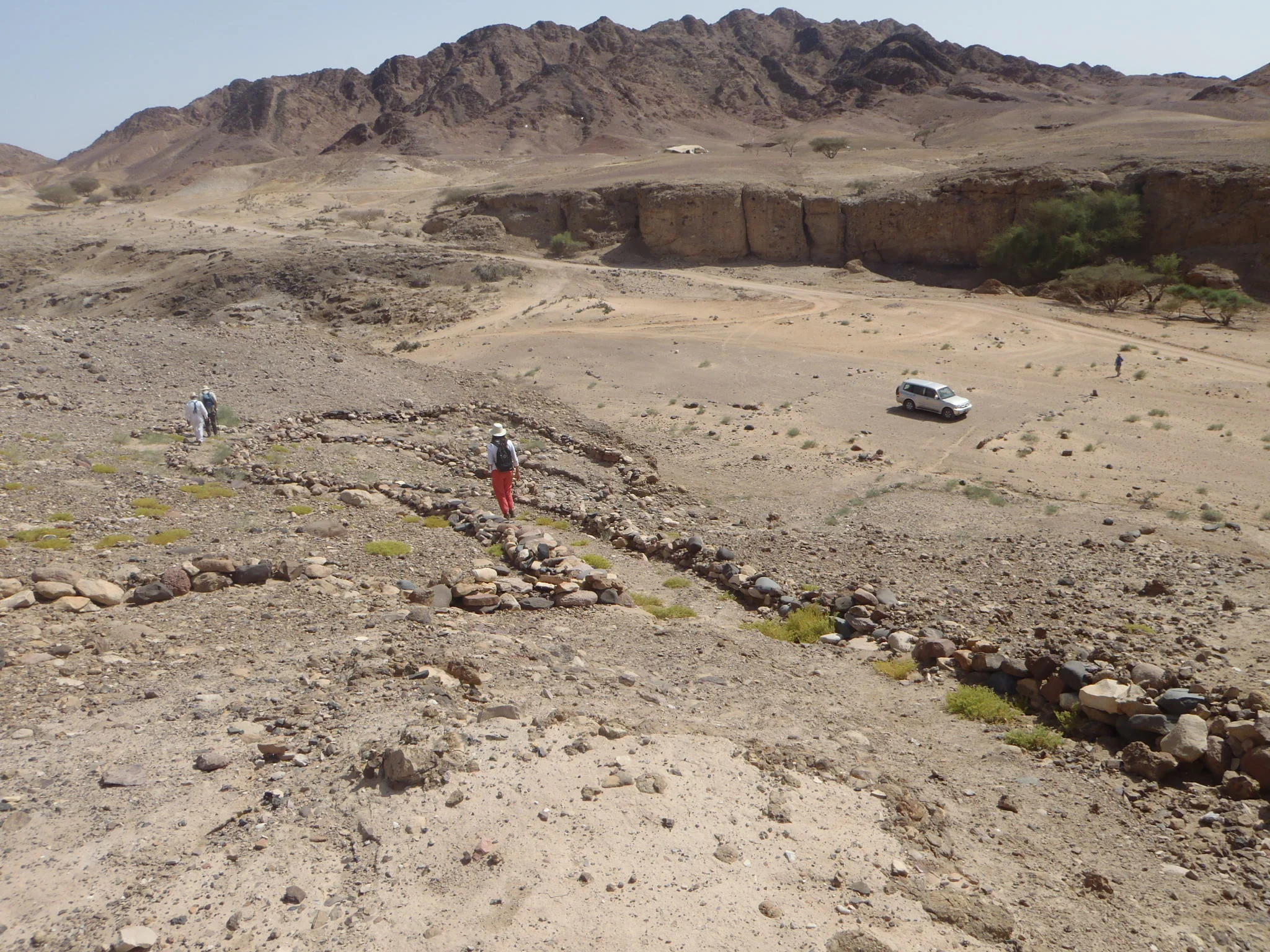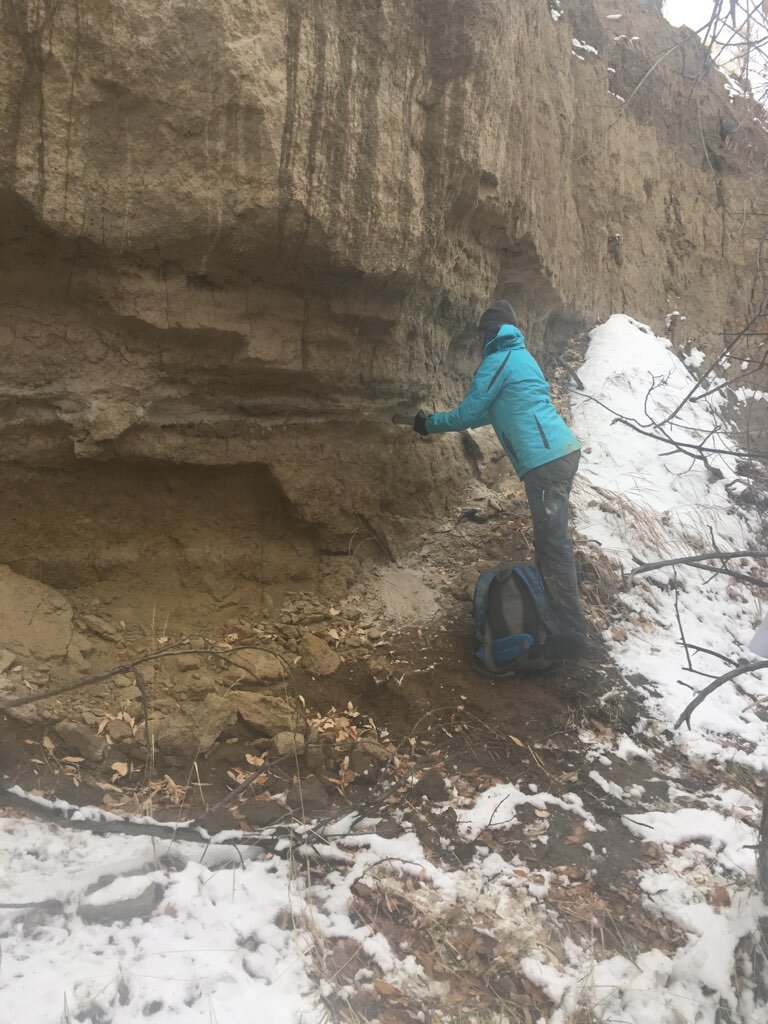Tephra in the Lahontan basin - a reliable chronostratigraphic marker?
/Congrats to our new Postdoc, Kathleen Rodrigues, who was recently awarded an NSF grant to investigate the time of final deposition of tephras in the Lahontan basin!
Tephras, which are products of volcanic eruptions, are significant markers in the stratigraphic record and have an important role in establishing paleoenvironmental and paleoclimate histories worldwide. The use of tephras (or any stratigraphic markers) in the documentation of Earth’s history involves fundamental assumptions about the unit including: deposition at a single point in geologic time, no reworking since deposition, and that the age of the unit can be definitively determined, preferably with multiple independent geochronologic tools. Because volcanic eruptions typically occur over short geologic time scales, the deposits associated with them are considered to represent a single short-lived event. However, reworking of tephras may take place over longer timescales complicating stratigraphic correlation among outcrops (Lowe and Alloway, 2014).
The objectives of this research is to i) quantify the timescales over which tephra reworking occurs using routine luminescence dating techniques, ii) test recently developed luminescence dating techniques designed to directly date tephras in the 35-120 ka age range, and iii) combine the results of objectives 1 and 2 to unravel the late Pleistocene and Holocene history of pluvial lake expansion and contraction in the Lake Lahontan basin.


